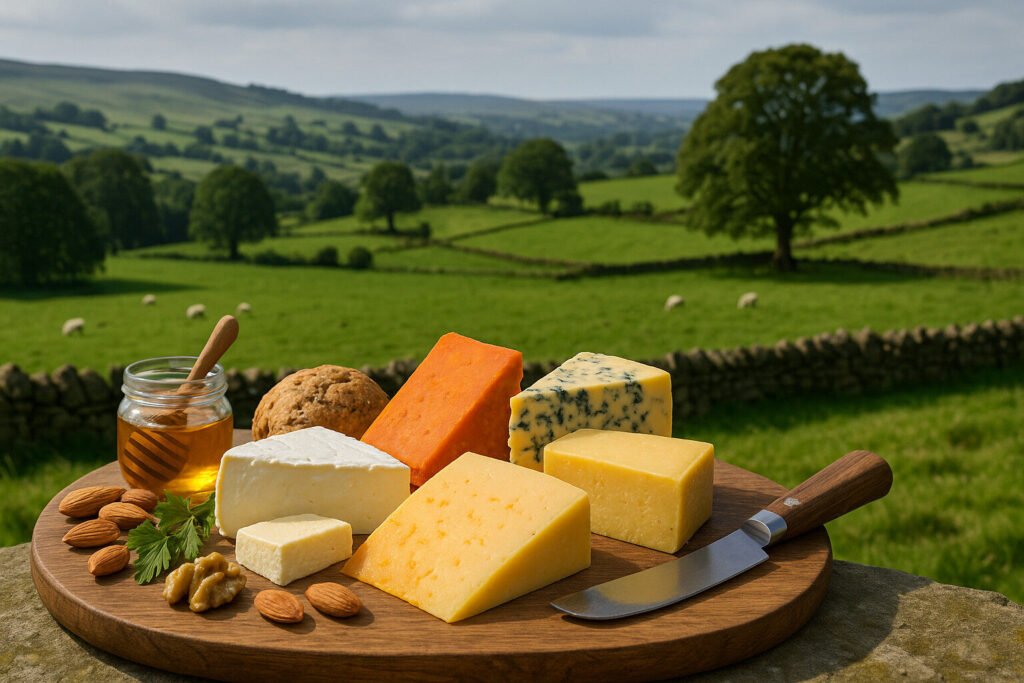Cheese Of Northern Ireland
Definition and Scope
Cheese of Northern Ireland refers to dairy products crafted within the six counties of this UK region. These cheeses utilize milk from local herds, primarily cows, though some incorporate sheep or goat milk. The designation emphasizes geographical origin and traditional methods unique to Northern Irish dairy farming.
Production ranges from large-scale creameries to small farmhouse operations. Many Northern Irish cheeses hold Protected Geographical Indication status, legally safeguarding their regional identity. This category includes both fresh varieties and aged cheeses, reflecting the area’s diverse dairy landscape.
Production Methods
Northern Irish cheesemaking combines modern creamery techniques with artisanal farmhouse traditions. Milk pasteurization is standard in larger facilities, while some farmstead producers use raw milk. The temperate climate and abundant rainfall create ideal conditions for pasture-grazed dairy herds.
Coagulation typically employs traditional rennet, though vegetarian alternatives exist. Aging processes vary from brief maturation for fresh cheeses to extended periods for hard varieties. Many producers maintain century-old recipes while incorporating contemporary food safety standards.
Sensory Profile
Northern Irish cheeses display notable creaminess due to high butterfat content in local milk. Flavor profiles range from mild and buttery in young cheeses to complex, nutty notes in aged varieties. Textures span from soft and spreadable to firm and crumbly depending on moisture content and aging duration.
Distinct mineral undertones often reflect the region’s granite-rich pastures. Washed-rind varieties develop pungent aromas with savory flavors. The terroir contributes subtle grassy notes particularly evident in spring and summer milk cheeses.
Culinary Applications
These cheeses serve both as table cheeses and cooking ingredients. Mild varieties like young cheddars melt beautifully in sauces and sandwiches. Firm aged cheeses grate well for topping dishes and incorporate into baked goods.
Northern Irish cheeses frequently appear in traditional dishes like Ulster fry and modern gastropub cuisine. Cheeseboards typically feature a selection representing different aging periods and styles. Pairings often include local apples, soda bread, and craft beers.
Regional Examples
Young Buck stands as a notable raw milk blue cheese from County Down. This Stilton-style cheese develops complex flavors during its eight-week maturation. It has received multiple international awards for its balanced piquancy and creamy texture.
Mike’s Fancy Cheese produces Northern Ireland’s first traditional washed-rind cheese. Their Young Buck and other varieties use milk from specific dairy herds. These artisanal products represent the region’s growing reputation for specialty cheesemaking.

